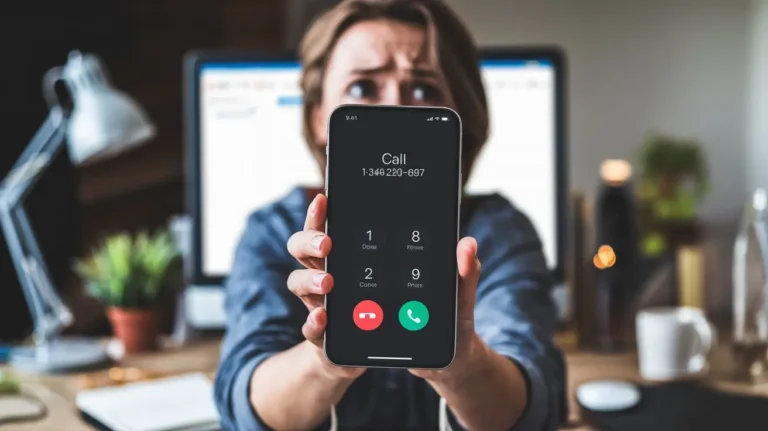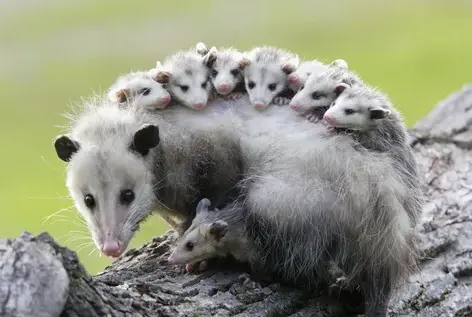NFTRandomize: Unlocking the Power of Randomized NFTs in the Digital Marketplace

In recent years, Non-fungible tokens (NFTs) have revolutionized the digital world, creating new opportunities for artists, creators, and collectors. While many are familiar with NFT collections that involve carefully crafted digital assets. There is an emerging trend that is gaining momentum — randomized NFTs. Platforms like NFTRandomize Unlocking the Power of Randomized NFTs in the Digital Marketplace are taking the market by storm, leveraging blockchain technology and algorithmic tools to create unique, randomized digital assets. But what exactly is NFT Randomize, and how does it work? In this article, we’ll explore the concept of randomized NFTs, how they are changing the NFT marketplace, and why they hold immense potential for creators and investors alike.
What is NFT Randomize?
NFTRandomize refers to the process of generating unique digital assets that are randomly created through algorithmic tools on a blockchain. Unlike traditional NFTs, where each asset is manually designed. Randomized NFTs use NFT generation tools to create new, one-of-a-kind items without direct human intervention. This innovative approach is reshaping how NFTs are produced, providing a fresh perspective on digital ownership.
The Role of Blockchain Technology in Randomized NFTs
At the heart of every NFT, including randomized ones, is blockchain technology. By leveraging decentralized networks, blockchain ensures that each NFT is securely recorded, immutable, and traceable. Most randomized NFTs are minted on platforms like the Ethereum blockchain. Which supports smart contracts to manage the distribution and ownership of tokens. These smart contracts allow for trustless transactions, automating the entire process and ensuring transparency. With random NFT minting, blockchain’s inherent security guarantees the authenticity and uniqueness of each generated NFT.
The Growing Popularity of Randomized NFTs
As the NFT ecosystem grows, so too does the interest in randomized NFTs. Several factors contribute to this trend:
- NFT drops: Randomized NFTs are often distributed through NFT drops. Where buyers have no idea what digital asset they will receive until after the purchase. This element of surprise adds an exciting layer to the collecting experience.
- NFT rarity: The rarity of NFTs, especially randomized ones, significantly impacts their value. Algorithmic NFT generation ensures that certain traits or features are more uncommon than others, making some tokens more desirable than the rest. The unpredictability of rarity levels appeals to collectors and investors.
- Crypto art: For artists, randomized NFTs offer a new way to create. Instead of designing each piece manually, they can set parameters for algorithms to generate unique works of crypto art, allowing for larger, more diverse collections.
How Random NFT Minting Works
The process of random NFT minting involves using a NFT creation platform that supports algorithmic generation. Creators set parameters, including potential traits, attributes, and categories. When minting an NFT, the algorithm randomly selects combinations of these traits to create a new digital asset. The result is a fully unique NFT, differentiated from others by its random attributes. This randomization can apply to visual elements, metadata, and even functionality, making each NFT a singular creation.
Benefits of Randomized NFTs
- Enhanced Creativity: With algorithms generating endless combinations, randomized NFTs open up new creative possibilities for artists and developers.
- Increased Market Demand: The mystery of random token distribution encourages buyers to participate, as the chance of minting a rare, valuable NFT drives interest.
- Scalability: Randomized NFTs allow creators to produce large-scale collections without needing to design each asset individually, making them ideal for building NFT collections with thousands or even millions of unique items.
- Decentralization: Since these NFTs rely on decentralized NFTs built on blockchain technology, they offer secure, transparent ownership, free from centralized control.
- Tokenized assets: By tokenizing unique digital assets, NFTRandomize offer a way to represent ownership of anything from digital art to gaming items on the blockchain.
NFT Trading Platforms and Randomized NFTs
Randomized NFTs have found their home in various NFT trading platforms that facilitate the buying, selling, and trading of these assets. Platforms like OpenSea, Rarible, and Foundation allow creators to list their randomized NFTs, while collectors can purchase or trade them. The decentralized nature of these platforms ensures that transactions are secure, and the rarity of each token is verifiable on the blockchain. This has opened up new opportunities for collectors looking to add unique digital assets to their portfolios.
The Impact of Randomized NFTs on the NFT Marketplace
The rise of randomized NFTs has had a significant impact on the broader NFT marketplace. Not only are they bringing in new collectors, but they are also pushing boundaries in terms of creativity and scalability. For instance, popular projects like Bored Ape Yacht Club and Cryptopunks have successfully implemented randomness in their collections, making them highly sought after in the market.
As more creators adopt this method, the landscape of the NFT marketplace is becoming more dynamic, with randomized projects standing out for their innovation and mass appeal. This growth extends beyond art and expands into gaming, fashion, and music, where randomness enhances user experiences and product offerings.
NFT Customization and Algorithmic NFT Generation
While randomness plays a significant role in the creation of these NFTs, many platforms also allow for NFT customization. This means that while the initial minting process is random, users can further customize their NFTs by adding personal touches or selecting specific traits. This blend of algorithmic NFT generation with customization ensures that each NFT retains its uniqueness while still allowing users to have some input in the final product.
Conclusion
The world of NFTRandomize is expanding rapidly, offering a new way for creators and collectors to engage with unique digital assets. From the excitement of random NFT minting to the scalability and creativity it offers, randomized NFTs are transforming the NFT marketplace. As blockchain technology continues to evolve, we can expect even more innovations in the space, making it an exciting time for anyone interested in non-fungible tokens.
For creators, this new approach offers a way to generate large-scale, one-of-a-kind collections without the time-consuming process of designing each item individually. For collectors, the unpredictability of rarity and uniqueness offers a thrilling collecting experience.
5 FAQs About Randomized NFTs
1. What is a randomized NFT?
A NFTRandomize is a unique digital asset generated algorithmically, with traits or characteristics of the asset selected at random.
2. How do randomized NFTs differ from traditional NFTs?
Artists manually design and create traditional NFTs, while algorithms generate randomized NFTs by selecting attributes based on pre-set parameters.
3. What makes randomized NFTs valuable?
The rarity of certain traits or features within randomized NFTs can make them highly valuable, especially in the eyes of collectors.
4. Can I customize my NFTRandomize?
Yes, many platforms enable NFT customization, allowing you to modify certain aspects of the NFT even after the system randomly generates it.
5. What are some popular platforms for trading randomized NFTs?
Platforms like OpenSea, Rarible, and Foundation are popular choices for buying, selling, and trading randomized NFTs.






